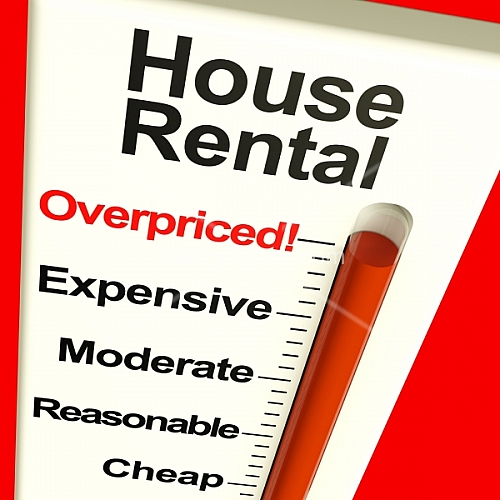
A lot of focus in the last few weeks has centered around the increase in property prices and the anticipated continued growth they will see in 2014.
However, the shortage of stock that is driving up property prices – particularly in Dublin and other urban areas – is also having an effect on the rental market.
In Dublin, for example, there have only been around 1,500 properties available to rent in recent months. When you factor in what areas a person wants to live in, what they can afford, how many bedrooms they need etc, the number of places people have to choose from dwindles very quickly.
That, coupled with the fact that there are only around 3,000 properties for sale in the capital means that there are easily less than 5,000 available properties – whether they be for sale or to let – in the city.
We’ve all heard the stories from estate agents about the huge crowds attending open viewings each week but when it comes to the rental market, it is a much more cutthroat affair.
Whereas a house for sale may take several weeks or even months to sell, a quality rental can be gone in days or even hours.
Those in the market for a new place at present, or those who have been looking in recent months, will identify with stories of meeting the same sets of people at different viewings as the scramble for a place heats up.
As much as property prices might be rising, this demand has also led to an increase in rent.
Indeed, this has pushed many people out of the market to a certain extent with housing charity Threshold reporting earlier this week that it had received double the amount of referrals last year to its homeless support service in Dublin as a result.
Threshold said a shortage of rental accommodation, an increase in rents and cuts to welfare payments and rent supplements were making it difficult for those on low incomes to find suitable and affordable housing in the capital.
There are similar problems around the country where the social housing list far exceeds the number of social houses available.
Unfortunately the problem may get worse before it gets better. The continued demand will undoubtedly drive prices upwards, not to mention a full property tax this year and water charges next year.
To make matters worse, the buy-to-let market is more or less gone and many amateur landlords are either risking repossession or looking to get out of the market altogether.
There may be a silver lining to all this in that a number of new developments are in the pipeline at present that will be rented, rather than sold. Many of these are expected to come on stream in the next few months.
Until then, it is fair to say that many of the problems facing the residential sales market will continued to be mirrored in the rental market.







